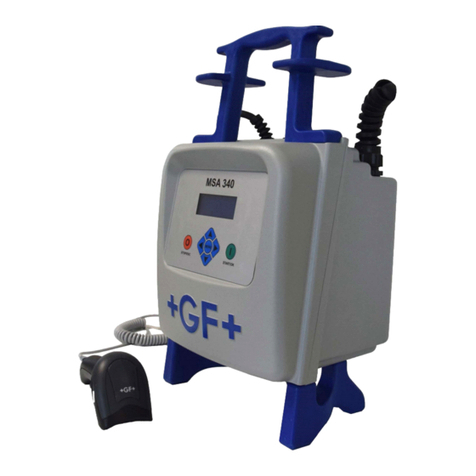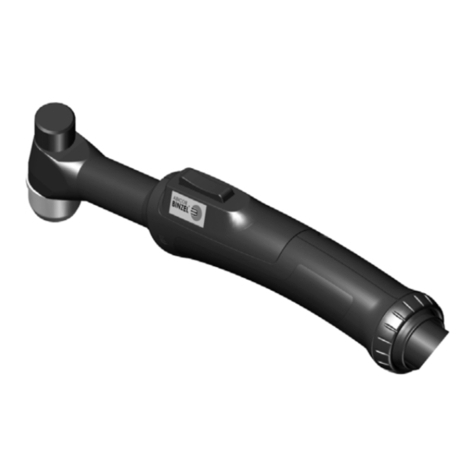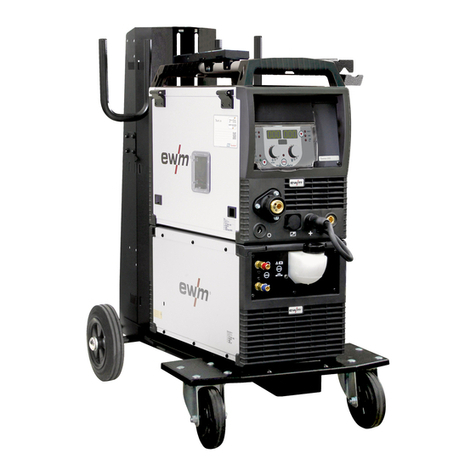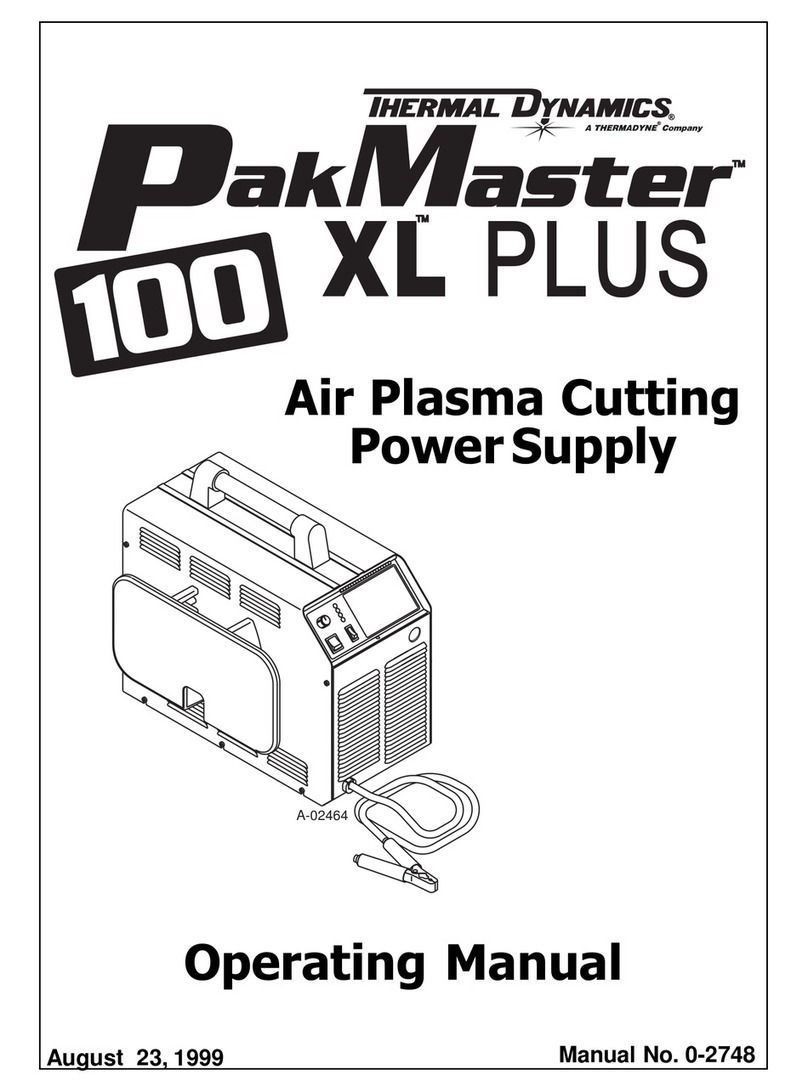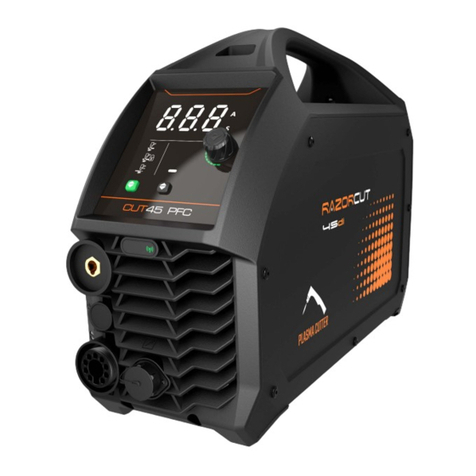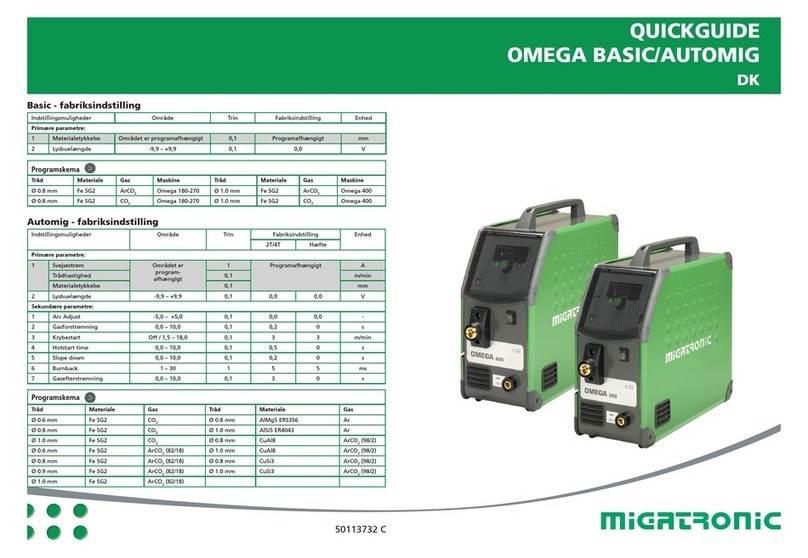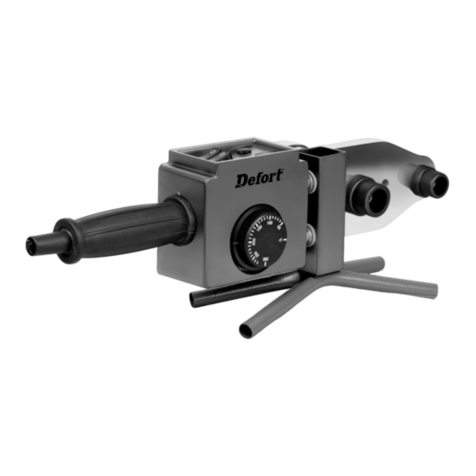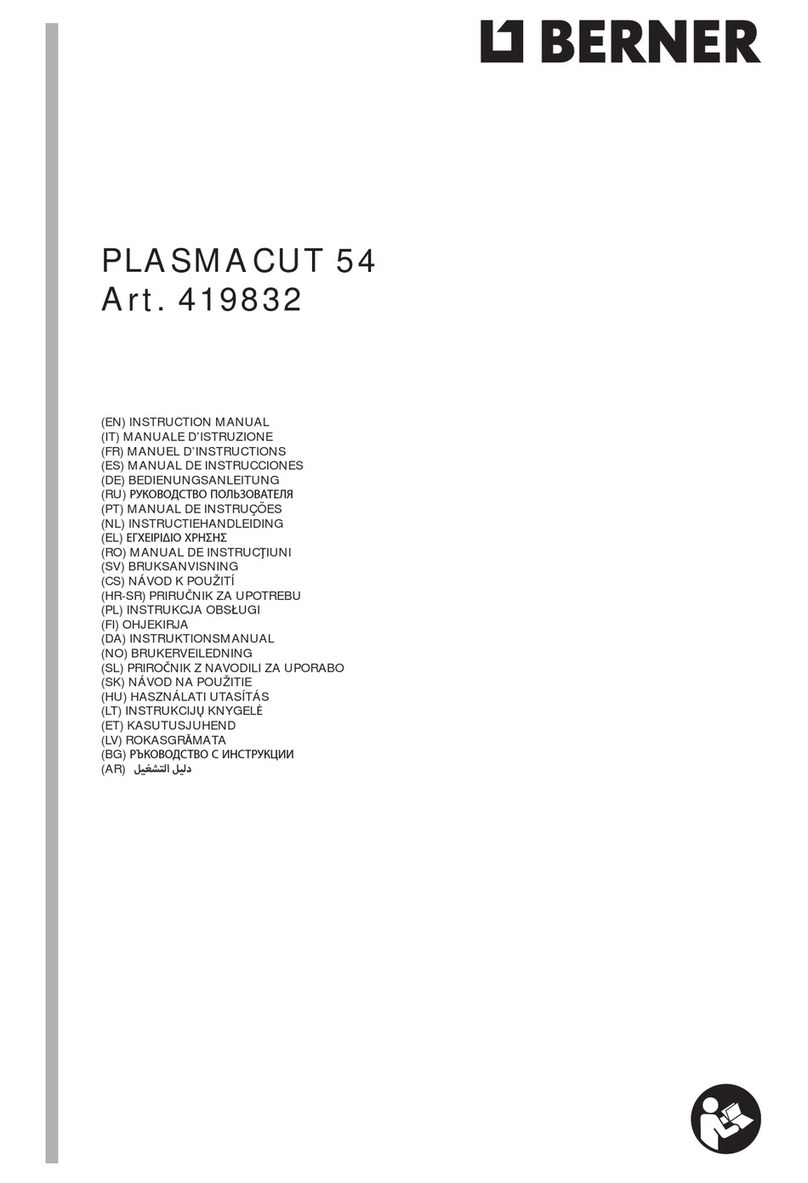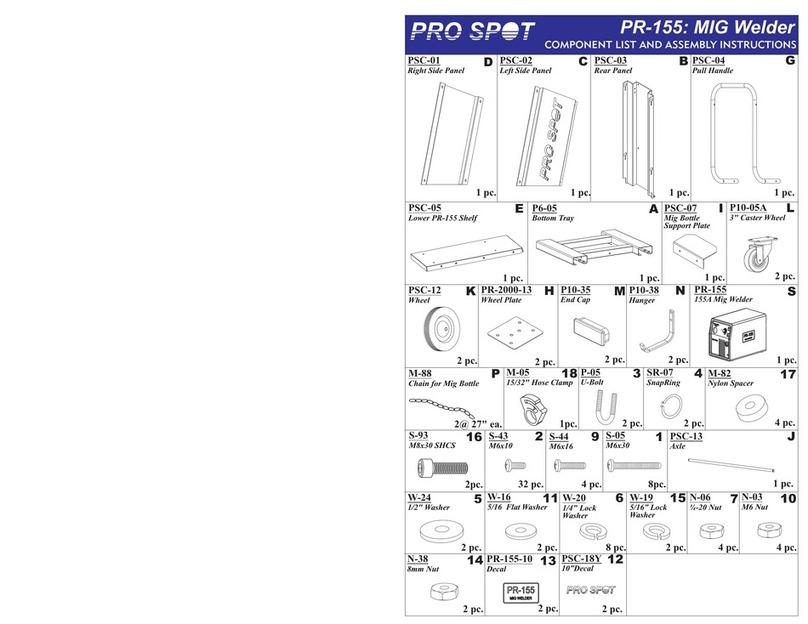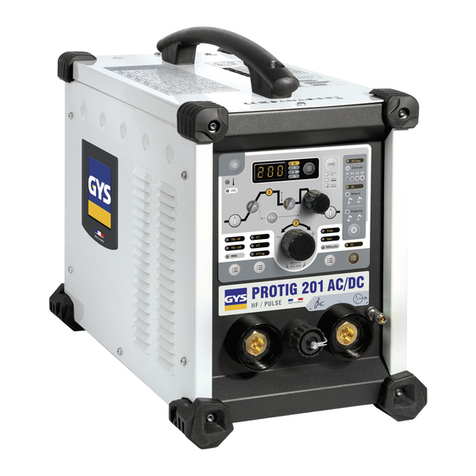2
1. Important General Remarks
You have made the right decision by purchasing AQUARIUS equipment. Our equipment can easily
serve you for 20 years or more with proper operation and regular maintenance. We guarantee all
new equipment for 36 months. Please read these Operating Instructions carefully to ensure smooth
operation of the equipment in your daily work. Nearly all alleged defects occurring within the warranty
period can be traced to improper use. The unit should be shipped back to our factory for renewal of
the seals about every 6 years, depending on how often it is used. We recommend that you save the
original packaging for this purpose. Please note that you should always make sure that the unit is
empty of all fluids before shipping, and that the Generator and Booster caps are screwed down
tightly for transport, because there can always be a residual amount of fluid in the tanks.
Always ship the hand-held torch and gas tube screw coupling along with the unit so that these can
also be inspected.
2. Safety Instructions
1. The electrolyte is a strongly corrosive fluid; the flux fluid is flammable and poisonous.
Electrolyte: R 35 Causes severe acid burns.
S 2 Must not fall into the hands of children.
Flux Fluid: R 11 Easily ignitable.
R 22/23 Poisonous when breathed or swallowed.
When filling, always wear protective gloves and safety goggles! Keep away from open flames!
Should electrolyte or flux fluid come into contact with the skin or clothes, rinse immediately with
plenty of water!
Spent or old fluids should always be disposed of at appropriate local waste collecting points!
2. Never run the unit unattended.
3. Choose the location of the torch stand such that the flame cannot come into contact with
surrounding objects.
4. Always extinguish the torch flame before opening the screw caps and gas tube screw coupling.
Keep open flames away from the unit when these are open.
5. Always disconnect the power cord from the socket before removing the unit’s cover.
6. It is forbidden to make unauthorized repairs to the unit.
For safety reasons, it is forbidden to remove, or drill holes in, the flashback arresters.
When making authorized repairs, always use original-manufacture replacement parts.
Repairs of the gas generator should only be made by our factory to ensure that the required
inspections are performed.
3. Description of the Soldering Unit and Accessories
The AQUARIUS Type 70 is a self-contained, electrolytic gas soldering / welding unit with a gas output
of 45 l/h. By splitting distilled water into hydrogen and oxygen, oxyhydrogen gas is produced, which
burns in the torch flame to reach temperatures of up to 3200°C. Since temperatures this high are only
needed when working with platinum, the flame temperature is reduced to 2400°C by mixing a flux fluid
vapor (from the booster tank) into the gas. The flux also helps to reduce oxide buildup when soldering,
which when combined with the finely adjustable flame, ensures ideal working conditions for all types of
soldering applications. Once filled with electrolyte, which only needs to be renewed about every 8 to
12 months, the unit consumes only distilled water and flux fluid during regular operation. This unit is
the result of years of development work and a proven safety concept. Some of the safety features
include:
1. A flashback arrester in the hand-held torch unit.
2. A flashback arrester in the gas tube screw coupling.
3. A safety pressure limiter that interrupts both lines of the power supply to shut the unit down on
failure of the pressure switch. The working pressure of the unit ranges from 0.18 to 0.20 bar. If the
pressure switch fails, the safety pressure limiter switches the unit off when the pressure reaches
0.30 bar.
4. The unit produces only as much gas as consumed by the torch flame except for very small
amounts that are still in the generator and tubing.
5. A thermostat switch shuts off gas production if the temperature of the gas generator gets too high.
AQUARIUS Soldering Units have a multi-cell generator allowing them to produce the
same amount of gas as other soldering units at only one half of the power
consumption. You are thus helping to protect the environment and saving energy
costs at the same time!

